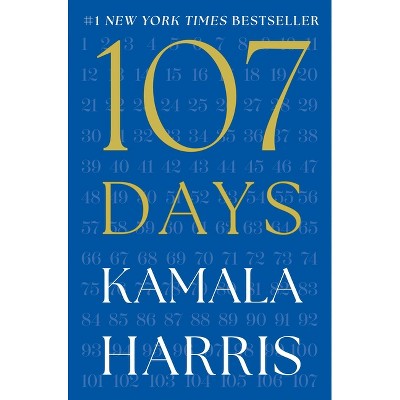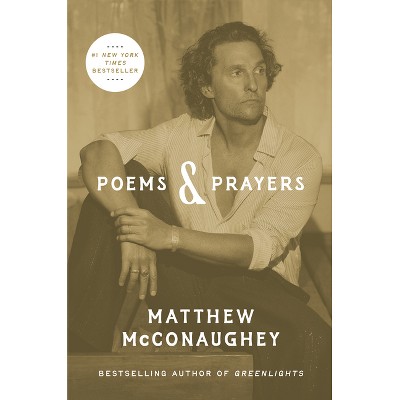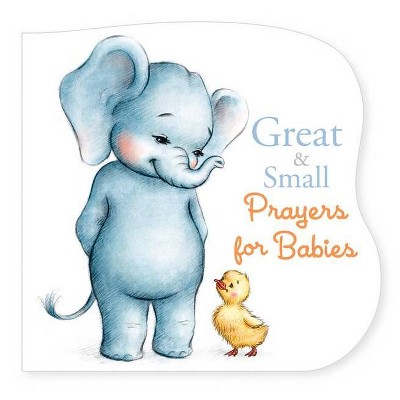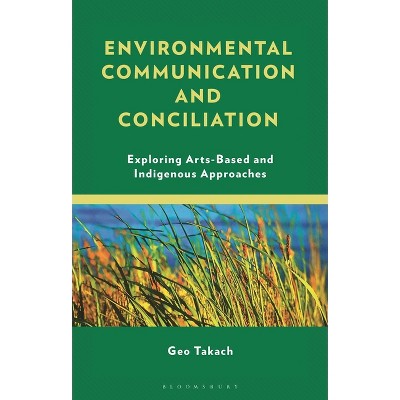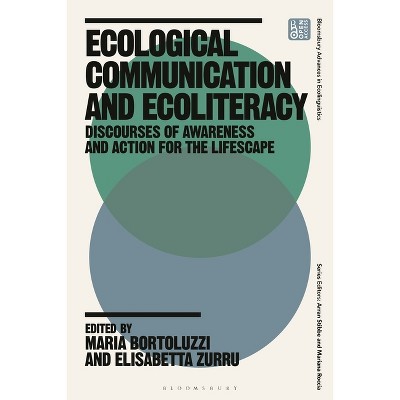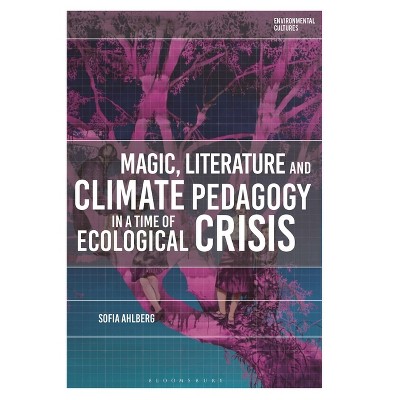Sponsored

Environmental Communication and the Wild - (Hardcover)
In Stock
Sponsored
About this item
Highlights
- This edited volume brings together scholars, teachers, journalists, activists, and filmmakers engaged in environmental communication and media studies to explore the constructions of primitive and wild spaces in our cultural creations of film, television, advertising, social media, infrastructure, and new technologies, among other media.
- About the Author: Philip D. Duncan is Assistant Professor of Communication and Media Studies at Eureka College.
- 360 Pages
- Language + Art + Disciplines, Communication Studies
Description
About the Book
This book explores the representation, exploitation, and commodification of primitive and wild natural areas in contemporary media and technology.Book Synopsis
This edited volume brings together scholars, teachers, journalists, activists, and filmmakers engaged in environmental communication and media studies to explore the constructions of primitive and wild spaces in our cultural creations of film, television, advertising, social media, infrastructure, and new technologies, among other media. Contributors present close analyses of a number of examples - including Indigenous social media activism, National Geographic, #VanLife content, Japanese haikyo, and more - to examine the representation, commodification, exploitation, and politicization of primitive and wild natural areas in contemporary media and technology. Ultimately, this collection demonstrates that, while the media of wild representations have significantly changed since the days of our ancestors, the same themes of reverence, fear, beauty, power, and awe are still reflected and coopted. Scholars of environmental studies, communication, popular culture, technology studies, and media studies will find this book of particular interest.Review Quotes
"From the metaphorical resonance between "wilderness" and cyberspace to utopian and dystopian ecological imaginaries in film, television, and branding, Derek Moscato and Phillip D. Duncan have brought together an exceptional collection of diverse scholarly work that frames ways to think about how "the wild" is constructed through contemporary mediascapes and virtual technologies. Readers will come away with not only an understanding of how the mediation of "wilderness" is tied to deeply embedded colonial epistemologies, but also ways to critically engage damaging tropes and narratives in environmental messaging." --Patrick D. Murphy, Professor of Media and Communication, Temple University, USA, and Author of The Media Commons: Globalization and Environmental Discourses (2017)
"What might wild forms of agency look like or mean for environmental communication? Tracing shifting relationships of human, technology, and nature across an array of subjects, including lost cats, the authors pose pressing questions about the proliferating forms of wild animating our communication environment." --Chris Russill, Professor of Communication, Carleton University, CanadaAbout the Author
Philip D. Duncan is Assistant Professor of Communication and Media Studies at Eureka College.
Derek Moscato is Professor of Journalism at Western Washington University.
